Green Roofing: Combining Sustainability and Style
By yashrai1207November 18, 2023
Green roofing, also known as living roofs, presents a unique and eco-friendly approach to modern roofing. These roofs are covered with vegetation, offering benefits far beyond mere aesthetic appeal. They are a practical solution for urban areas and a step towards more sustainable living. Here's a closer look at how green roofing is an excellent blend of sustainability and style for contemporary buildings.
1. Environmental Benefits
Green roofs offer numerous environmental advantages.- Reduced Urban Heat Island Effect: Vegetation helps in cooling buildings and the surrounding air.
- Improved Air Quality: Plants on green roofs can filter pollutants and carbon dioxide out of the air.
- Stormwater Management: They absorb and filter rainwater, reducing runoff and sewage overflow.
2. Energy Efficiency
Living roofs contribute significantly to energy conservation.- Natural Insulation: The soil and plants provide excellent insulation, reducing the need for heating in winter and cooling in summer.
- Lower Energy Costs: This natural insulation can result in lower energy bills.
3. Extended Roof Lifespan
Green roofs can increase the longevity of roofing materials.- Protection from Elements: The layer of vegetation protects roofing materials from UV rays and extreme temperature fluctuations.
- Reduced Roof Degradation: This can significantly extend the life of the roof.
4. Aesthetic and Architectural Appeal
Green roofs add a unique and natural aesthetic to buildings.- Visual Appeal: They provide a pleasing green space in urban environments.
- Design Versatility: Can be designed as recreational spaces, gardens, or even habitats for wildlife.
5. Improves Building’s Value
Green roofs can enhance the overall value of a property.- Increased Real Estate Value: Buildings with green roofs are often more desirable, leading to higher property values.
- Attracts Tenants and Customers: They can be an attractive feature for potential renters or buyers.
6. Supports Biodiversity
Living roofs can create new habitats and support biodiversity.- Habitat Creation: They can become a refuge for a variety of birds, insects, and other wildlife.
- Promotes Urban Biodiversity: Particularly important in city environments where green spaces are limited.
7. Types of Green Roofs
There are different types of green roofs to suit various needs.- Extensive Green Roofs: Low maintenance, with a shallow layer of soil and hardy plants.
- Intensive Green Roofs: More like traditional gardens, with deeper soil for a wider variety of plants, but require more maintenance.
8. Considerations for Installation
Certain factors need to be considered before installing a green roof.- Structural Requirements: Buildings must be able to support the additional weight.
- Waterproofing and Drainage: Essential to prevent leaks and ensure proper water management.
9. Regulatory and Incentive Programs
Some regions offer incentives for green roof installation.- Grants and Rebates: Check local government programs that encourage sustainable building practices.
- LEED Certification Points: Green roofs can contribute to a building’s LEED certification.
